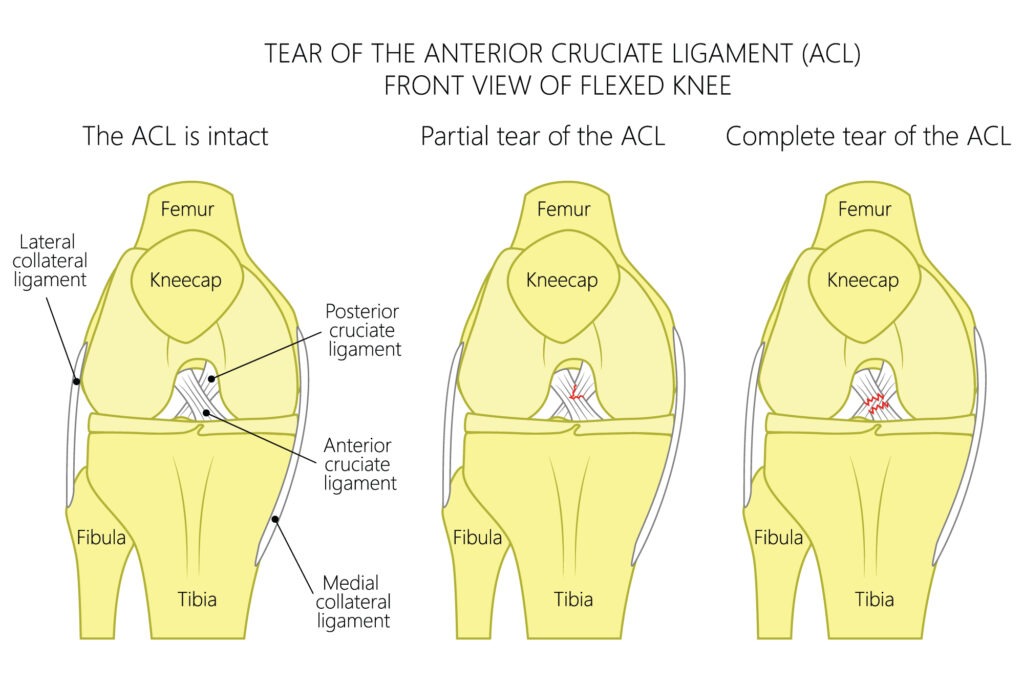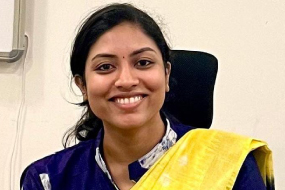Knee injuries are among the most common sports and general orthopedic injuries – and the most likely to keep you on the sidelines for an extended period of time.
That’s because the knee is the largest joint and also one of the most complicated in your body – enabling you to flex, bend and rotate your legs. The anterior cruciate ligament (ACL) and posterior cruciate ligament (PCL) are two of its most important components. So, when the ACL or PCL are torn, it can be not only painful but also temporarily debilitating.
Besides the fact that the ACL is located in the front of the knee and the PCL is located in the back, there are key differences between an ACL tear and a PCL tear that are worth noting.
Although knee injuries can occur as a result of any physical trauma, those who play high-intensity sports like football, basketball, or soccer are the most likely to sustain an ACL tear. The reason is that those sports require athletes to decelerate quickly and perform twisting maneuvers and the ACL ligament is designed to resist abnormal forward movement of the tibia (shinbone) relative to the femur (thighbone) and rotational forces. This explains why most ACL tears occur without contact.
The PCL, on the other hand, does the opposite, preventing the tibia from sliding backwards relative to the femur. PCL tears typically occur when there is a direct blow to the front of the tibia, or when the knee hyperextends from an awkward landing.
While both ACL and PCL tears can be painful initially, the real problem is the lingering instability of the knee joint. The severity of the tear is key. One can overcome the discomfort and instability of a partial tear with systematic and focused rehabilitation of the musculature surrounding the knee. But if the ligament is completely ruptured, that’s another story, possibly requiring reconstructive surgery to restore normal function.
The principal symptom of an ACL injury is rotational instability. You may be able to walk, even run, in a straight line after an ACL injury, but as soon as you attempt to turn, your knee collapses.
With a PCL injury, instability is also an issue, but to a lesser degree. In fact, some patients can recover by moderating their activity and by undergoing focused muscle conditioning instead of surgery.









